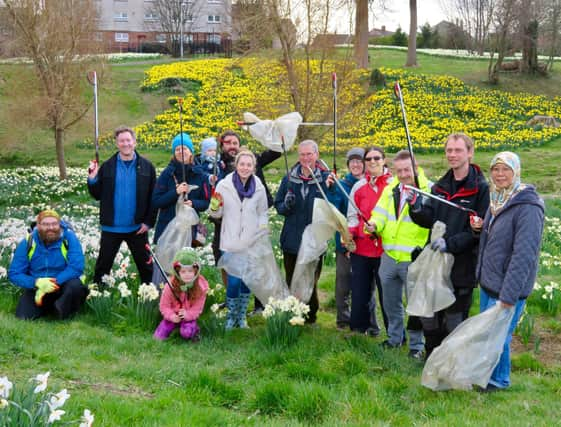Council doesn’t sell the family silverware or greenery lightly - Donald Anderson


The charge is an almost immediate response to any potential sale of land or buildings, and even gets thrown at the council in the aftermath of planning decisions.
Social media posts are often accompanied by the baseless claim that ‘brown envelopes’ must have been involved, delivered with all the accuracy of Donald Trump’s claims about rigged elections.
Advertisement
Hide AdAdvertisement
Hide AdIt’s a difficult charge for the council to refute, but experience shows that the council sells assets only with the utmost of care.


Of course, decisions not to sell assets or build on green space don’t make headlines. Indeed, usually those decisions don’t see the light of day at all.
I well remember in the noughties three separate approaches to the council to sell part of Inch Park in south Edinburgh.
Twice the then owners of Cameron Toll Shopping Centre approached the council to sell part of the park to expand the car park.
Advertisement
Hide AdAdvertisement
Hide AdThe third approach was from a house builder offering cash to upgrade the park sports facilities. Nobody thought selling the parkland was a good idea and today the space (still green) is one of the best rugby training facilities in the city.
Another case was at Craiglockhart where the council owned the site of a former hotel. The hotel had been demolished and the grounds were overgrown.
Under pressure to deliver capital receipts, Steve Cardownie who was the then councillor responsible for the parks service on the council made a compelling case for handing the site over to the local community.
Steve’s political radar was always sharp, and he argued that even if we forced a sale through, it would be in the teeth of massive local opposition and simply wasn’t worth the trouble.
Advertisement
Hide AdAdvertisement
Hide AdIt was an easy decision, and today the site is part of Easter Craiglockhart Hill Nature Reserve.
Another time, the housing department made an approach to see if I would agree to build houses on a patch of open space that ran alongside Liberton Gardens.
The area was plagued by anti-social behaviour at the time and abandoned and burnt-out cars were common. It was a tough argument to resist, but there wasn’t much formal green space in Gracemount and the case to turn it into a park was accepted.
St Katharine’s Park has since been transformed into a much-loved green space.
Advertisement
Hide AdAdvertisement
Hide AdThere have been many more examples in the years since I left the council.
Inch Nursery is not part of Inch Park, but the council backed away from proposals to build houses there.
At Little France Park the council turned down millions to protect the park from house building.
Contrary to popular belief, money is seldom the first thought in the minds of councillors faced with tough choices.
Far from selling the family silver (or greenery), successive councils have guarded it remarkably well.
Comment Guidelines
National World encourages reader discussion on our stories. User feedback, insights and back-and-forth exchanges add a rich layer of context to reporting. Please review our Community Guidelines before commenting.